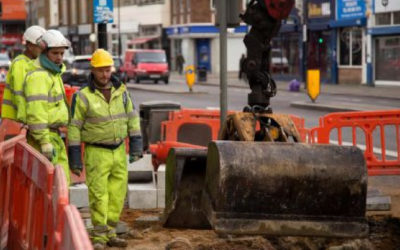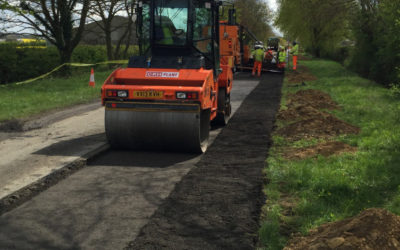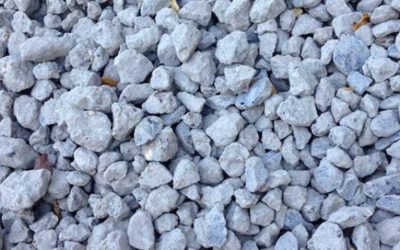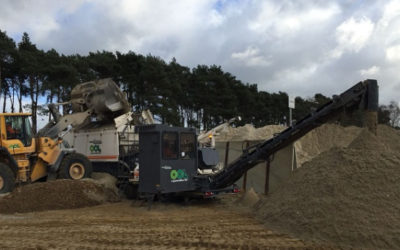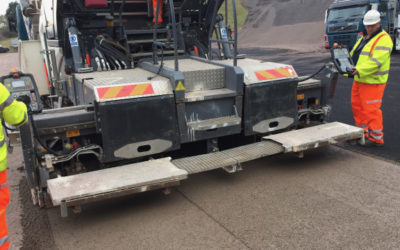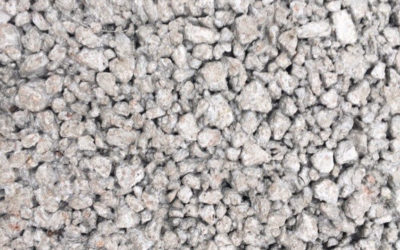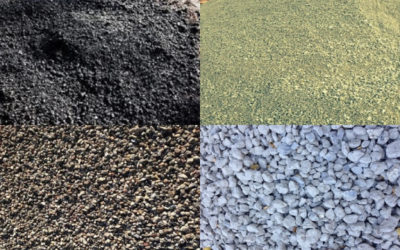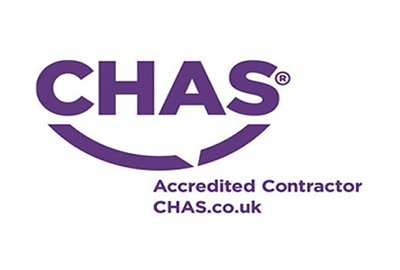OCL Regeneration and bespoke powder blending solution provider, Cemblend, today announced a collaboration agreement that will see Hoffmann Green cements applied to a trio of OCL materials including low-carbon hydraulically bound mixture (HBM), concretes and Foambase Cold Recycled Bound Material (CRBM). In doing so, the two British businesses are taking another major step towards decarbonising the materials production process and in doing so, reducing construction’s carbon footprint with commonly used materials.
The Cemblend supplied Hoffmann Green products achieve carbon footprints of below 200kg per tonne compared to the 840kg of Ordinary Portland Cement (Cem I). The agreement follows a lengthy review by OCL to find a suitable partner that can help reduce the carbon footprint of its base and binder courses.
Ordinary Portland Cement (OPC) is compromised of several materials including, clinker. It is the creation of clinker that generates the majority of cement’s carbon footprint; an estimated 840kg of CO2 for every tonne of cement made. Cemblend’s Hoffmann Green cements are clinker free as they use a heat free activation process, producing about 200kg of Co2 per tonne.
“We regularly hear from local governments looking to find materials and processes that will contribute to their net-zero or low carbon story. Tackling the challenge of traditional cement production is key for construction, because such major gains can be made with materials that are so widely at use,” said OCL’s managing director and founder, Stuart Gready.
He continued: “Until now we hadn’t seen any perform well. As an industry in 2023, we need to be substituting Portland cement clinker and concrete for low-carbon materials. There’s been too much talk and with costs for all materials rising year on year, next year is the time for meaningful action.”
Buildings and highways made using concrete are typically incredibly versatile, long-lasting and ideal for climate-resilient construction. It is without question the go-to material for the built environment; 30 billion tonnes of concrete are used worldwide every year. However, concrete has a sizeable problem; cement, the major component in its creation, has a huge carbon footprint, accounting for at least 8 percent of global carbon emissions. The race to decarbonise cement and concrete production is underway, and both Cemblend and OCL Regeneration are committed to reducing their carbon impact.
“OCL’s innovative processes already save up to 50% of the CO2 versus traditional methods. By adding the Hoffmann Green cements this can be reduced even further, to around a fifth of the carbon footprint of Ordinary Portland Cement,” said Simon Boulter, director, Cemblend. “Delivery can be received in either 25kg bags, bulk bags, or in a bulk tanker, just like traditional cement. We’ve been very conscious of making these new products easy to use, so no equipment or construction processes need to change. If you’re working towards low-carbon construction, which everyone now should be, these new products tick a lot of boxes.”
Available immediately from OCL’s Micheldever highway waste recycling depot in Hampshire, the plan is for a more widespread rollout in 2023. The Micheldever depot was born from a close partnership between Hampshire County Council, Milestone Infrastructure and OCL. The Hampshire Highways initiative has won multiple industry awards for its sustainability and recycling efforts driving towards the council’s net zero targets, making it an obvious choice of initial location for the new Cemblend and OCL products.
To learn more about clinker-free binder courses and how it can benefit your next project, contact us today.

